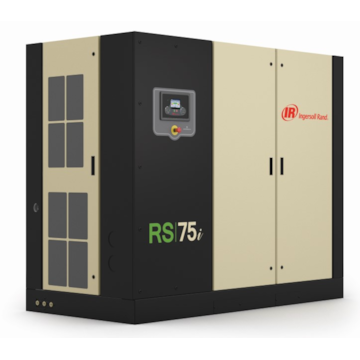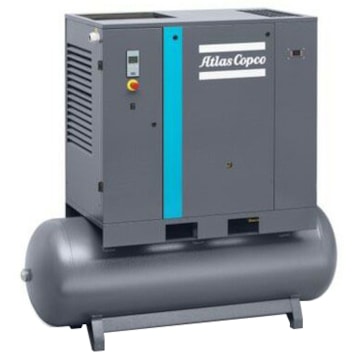Here's Why Rotary Screw Compressors are Used in the Locomotive Industry
While rail technology continues to advance relatively quickly, some tools have remained largely unchanged. Take air brakes for example – once the capabilities of steam were outworked by the power needs of modern locomotives, this shift started toward reciprocating compressors.
These tools can function properly in a variety of industry-specific braking applications, though the next logical and more efficient step would be the continued introduction of rotary screw-powered tools.
Our team is passionate about using the best possible tool for every job, though we recognize this specific argument might be hard to follow if you're unfamiliar with the rail industry. Let's break things down a bit more clearly:
Why make the switch?
A rotary screw compressor offers a number of advantages over reciprocating air compressors regardless of their application:
- Maintenance is less complex in screw-based air compressors
- Minimum oil carryover
- Can continue functioning properly in harsh environments
- Less oil consumption that alternatives
- Minimum heat generation
- Built with shockless compression technology
- Far quieter than traditional tools
- Lightweight, more compact unit
- No reduction in capacity over time
A closer look at functionality
It's easy to argue in favor of one compressor over another, but context is king when it comes to complex machinery. Let's take a closer look at how exactly a rotary screw compressor is able to achieve these benefits.
In a screw compressor, two mated screws spin at an extremely high speed with the help of an oil-injection seal that provides constant lubrication. When the screws rotate, air is ingested through an inlet filter and travels into a compression chamber where it is compressed by the screw element (this could be more casually described as the screw elements "squeezing" the air between blades).
The oil separator in a rotary screw compressor is responsible for separating the oil from the compressed air. Once this process is complete, the compressed air is made to pass through an aftercooler and is delivered to the locomotive brake system or any other machine using the cmopressor.
Lingering questions?
If you have any lingering questions about compressor applications or are interested in purchasing a unit, please contact one of our compressor experts by calling 866-778-6572 or sending an email to info@compressorworld.com



















